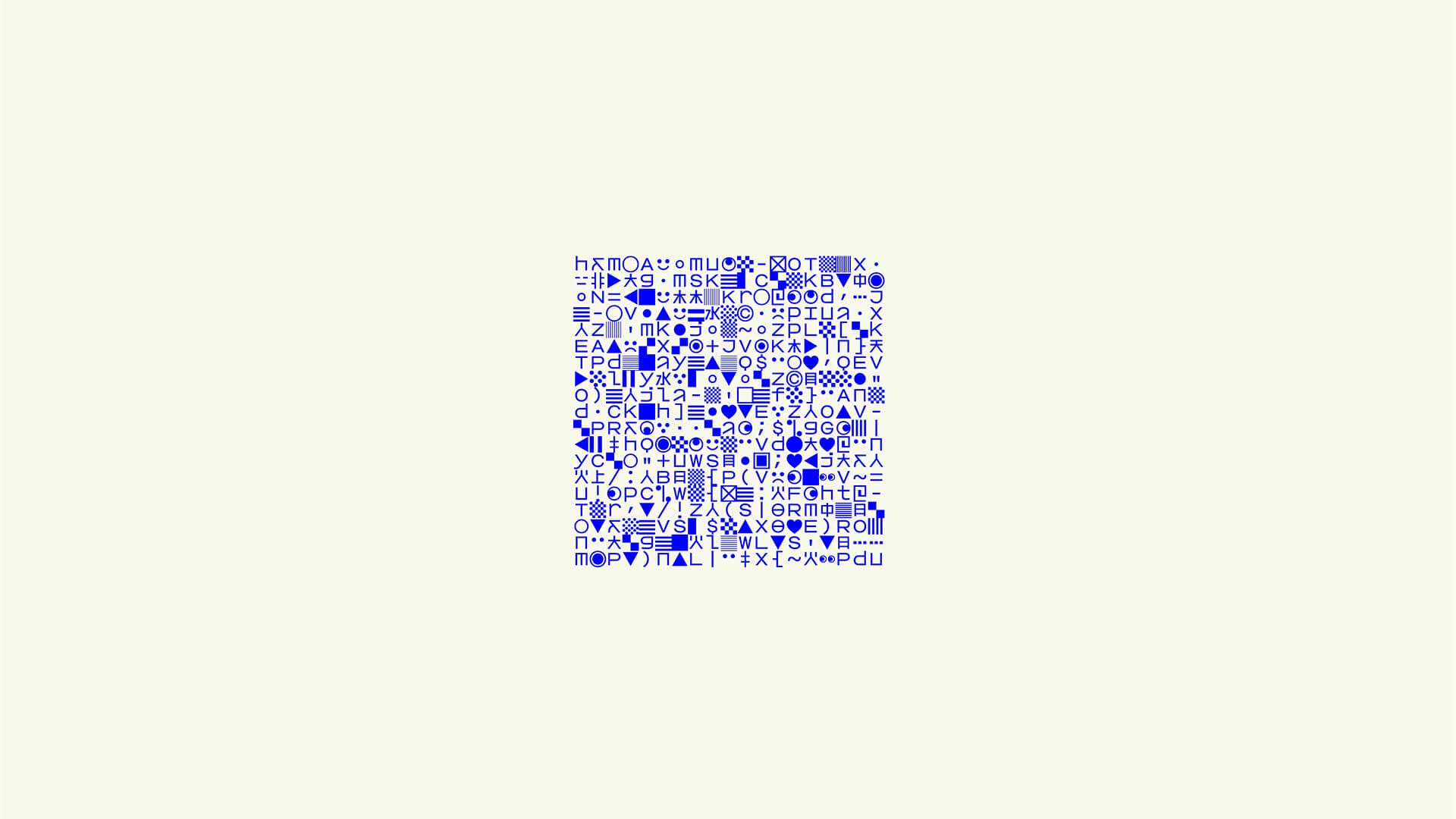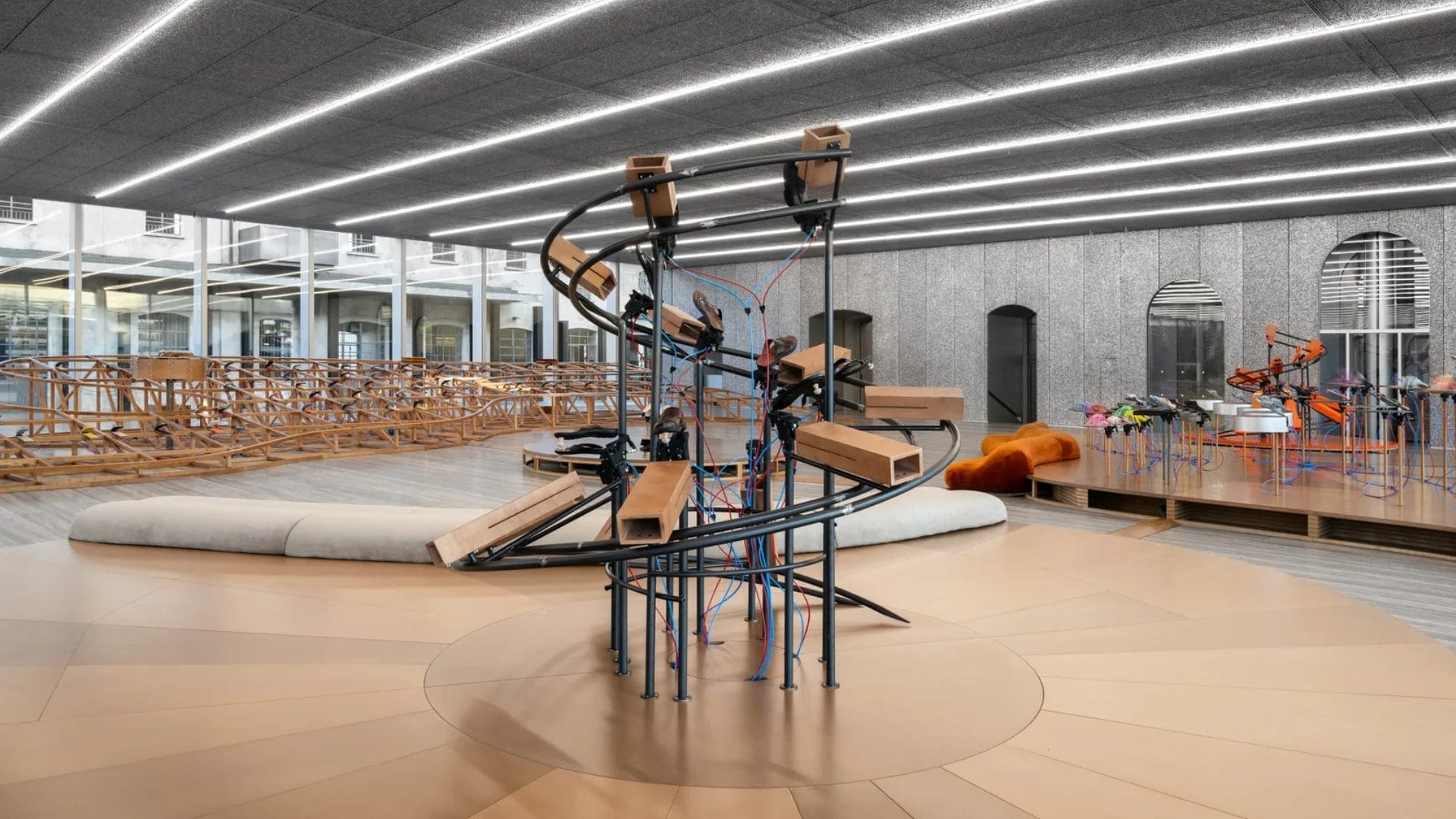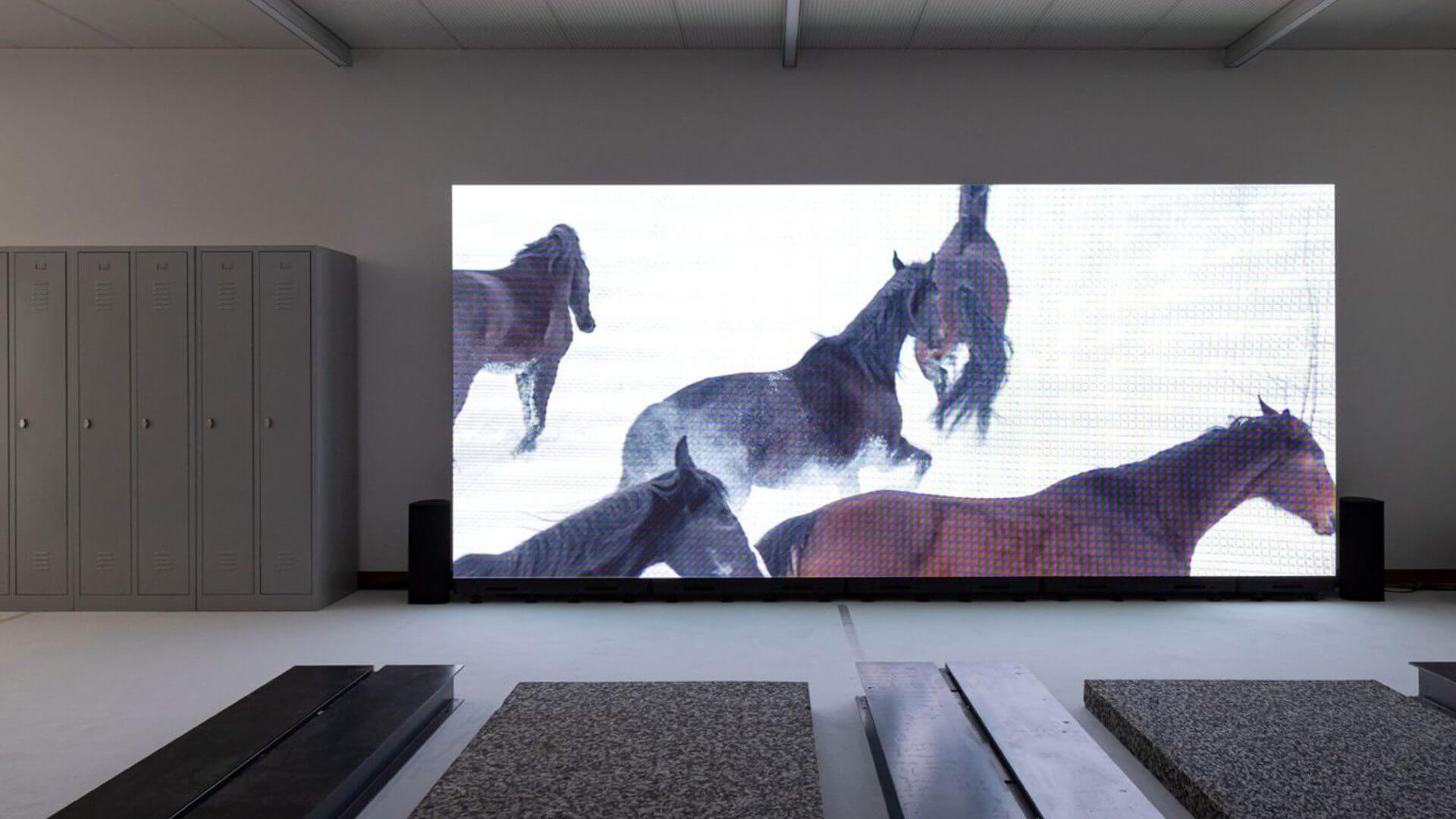
Collecting the Digital: the Gesture, the Container, the Era
Collecting art today can no longer be understood simply as owning an object. Not in an age when the artwork itself has become fluid, dematerialized, and inseparable from the digital environment in which it is created.
We live in a time when the shared digital image holds unprecedented cultural weight. More often than not, an artwork exists online before it ever enters a physical space. The very notion of “the work” is evolving, no longer a static entity but a layered, dynamic flow of data, context, and interaction.
Everything exists online, just like our consciousness and the environments we inhabit.
New models are needed to adequately respond to contemporary needs and to reflect the evolving ways in which creative content is produced and experienced.
Within this context, NFT technology has emerged as a genuine attempt to create a new system capable of addressing these modern demands.
An NFT is not merely a certificate of ownership, it is a living container: adaptive, modular, and participatory in nature, capable of hosting fragmented and complex forms of digital expression. The digital space has become the most natural environment for collecting, as it already mirrors the way we perceive, document, and share culture.
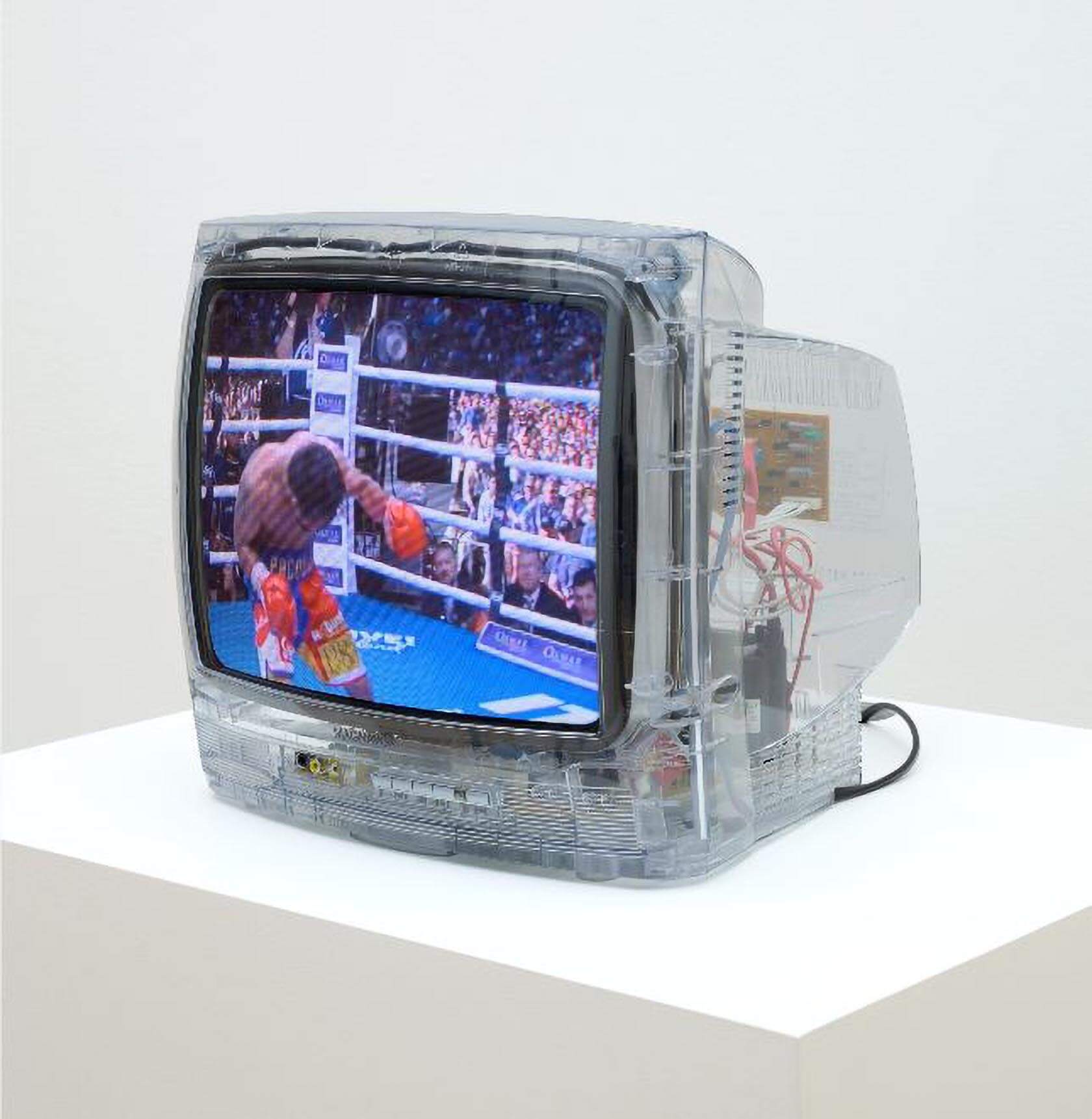
Collecting digital art, then, is not a passive act. To mint a work on the blockchain is not simply to register it. It is to define it, to activate it, to give it life. The collector becomes an active agent, participating in the artwork’s emergence, circulation, and preservation.
For years, this seemed impossible. Digital art defied traditional collection methods. It had no physical form, no singular object, no verifiable originality. It could be appreciated, shared, even loved, but not truly owned.
This was especially true for video art, a medium long associated with radical experimentation but historically resistant to market structures. Magnetic tapes, DVDs, endlessly duplicable files, every attempt to fix their uniqueness felt temporary and precarious. Even the most elegant digital formats remained untethered, copies without consensus, signatures without authority.
Then came the blockchain.
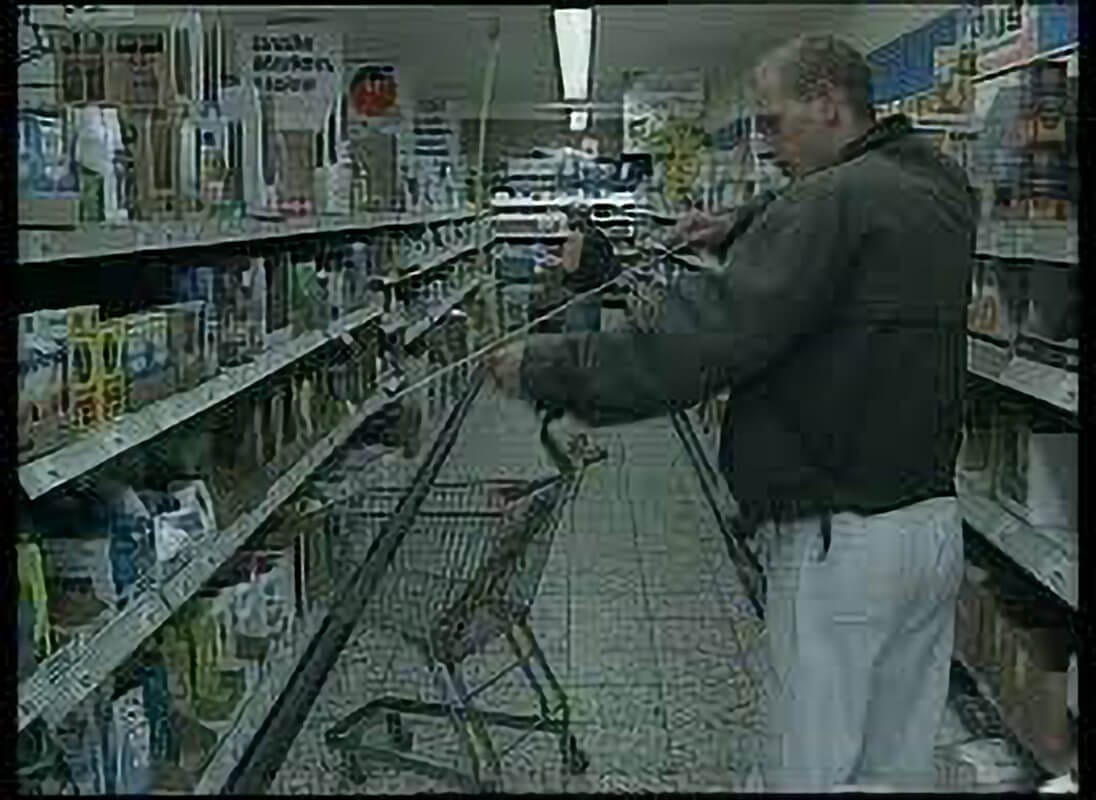
A radical infrastructure capable of recording every action across a decentralized network, where provenance is transparent, authorship is verified, and every gesture is permanently traceable. Within this system, the digital artwork finally finds its public, recognizable form.
In an age where digital content circulates at an uncontrollable and vertiginous speed, being able to trace the origin of an artwork in an incontrovertible way is nothing short of revolutionary. It restores meaning and value to creation in a space that too often renders authorship invisible.To mint an artwork is a decisive act. It’s not just uploading a file. It’s signing an event. It doesn’t simply say “this image belongs to me” but rather “this is where the artwork begins.” Like signing a canvas, but in code. Like engraving in stone, but across a distributed global network.The result is a token: unique, verifiable, and permanent. Contained within it is more than just the image. It carries the artist’s identity, the moment of creation, the structure and logic of the work itself. It holds the artwork’s genetic memory. Whoever owns the token holds the original proof of the work’s existence.
But no artwork exists in a vacuum. Context matters.
This leads us to the second revolutionary aspect of NFTs: they do not merely allow a digital artwork to be collected in ways that were never before possible, they also act, in every sense, as containers. Containers that hold not only the artwork itself, but the entire ecosystem around it: its creation, its circulation, its documentation, and even its technical architecture.
All of these elements can become, in effect, part of the artwork’s certification.
And this, crucially, has implications that reach far beyond the digital realm. It opens the door for NFTs to impact the physical world as well, blurring the boundaries between what is virtual and what is tangible.
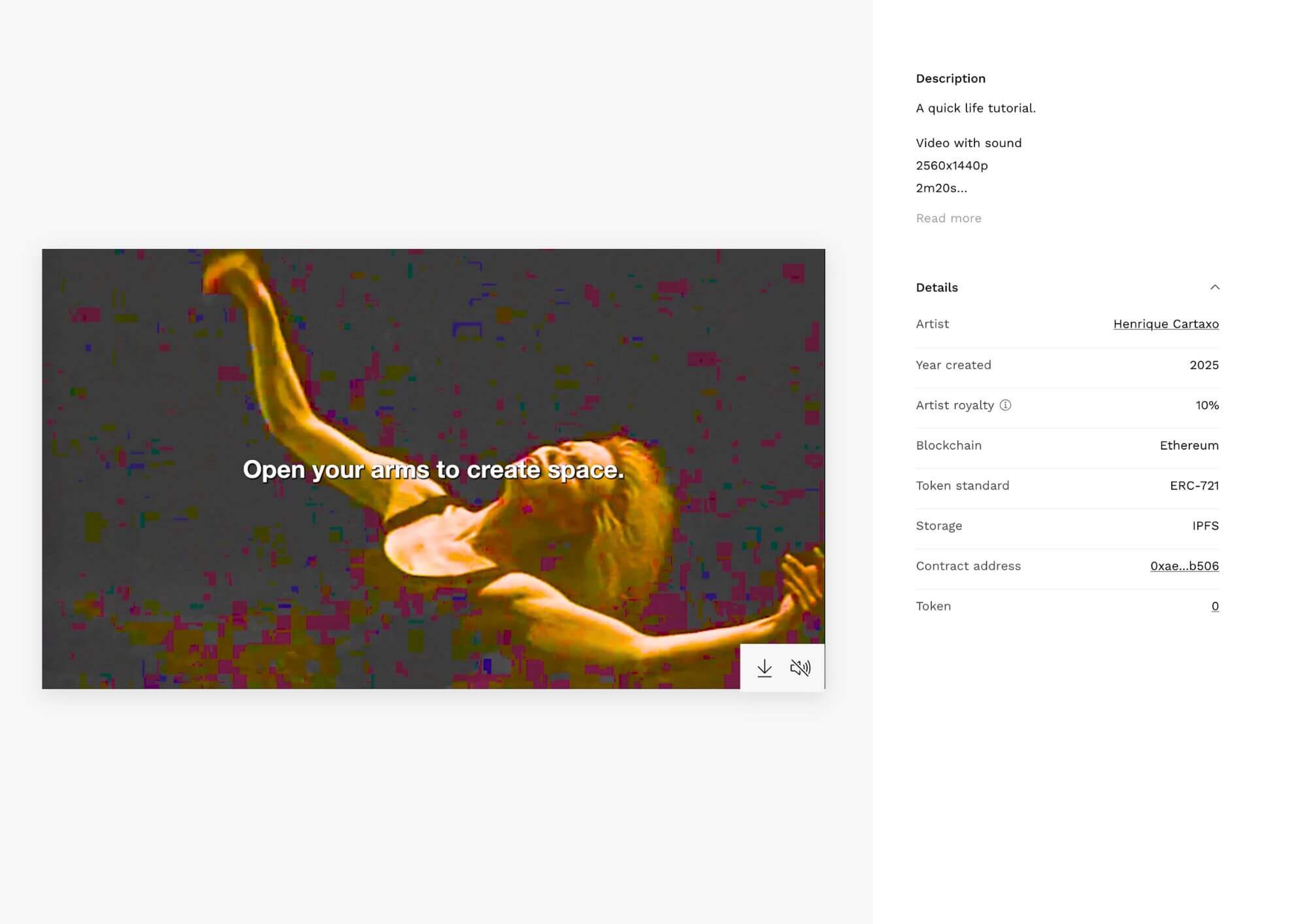
Collecting as Gesture: From Possession to Participation
In the digital realm, a release is never just a publication, it’s a curatorial act. An artist may unveil a unique piece or a limited edition series, each token a distinct expression. Entire projects can be launched at once, unfolding as complex narratives or distributed works that evolve across time and space.
This happens instantly, globally, without borders or barriers. A single click brings the work into the world, accessible to anyone with an internet connection. No gatekeepers. No invitations.
What defines this system is its radical transparency. The blockchain records every transaction, who collected what, when, and at what price. Each token holds a permanent, open lineage, a self-authenticating archive that needs no intermediary.
Here, scarcity isn’t manufactured, it’s embedded in code. Uniqueness isn’t claimed, it’s provable. This isn’t just a new model of distribution; it’s a new way of shaping art, value, and access.
And the shift is most profound when applied to media historically excluded from the art market. Video art stands out. Since the 1960s, artists like Nam June Paik and Joan Jonas explored video’s potential, but the market never stabilized around it. Tapes decayed, formats changed, devices failed. Even digital files lacked permanence or verified originality. Everything felt copyable, fragile, uncertain.
How do you collect what can be duplicated with a click? How do you assign presence, aura, uniqueness?
The blockchain offers a conceptual solution, not through physical objects, but by certifying origin, authorship, and singularity. Today, collectors don’t buy files. They acquire tokens: proof of creation, authenticity, and ownership. No matter how widely a video is shared or downloaded, there is one original, verifiable and incorruptible.

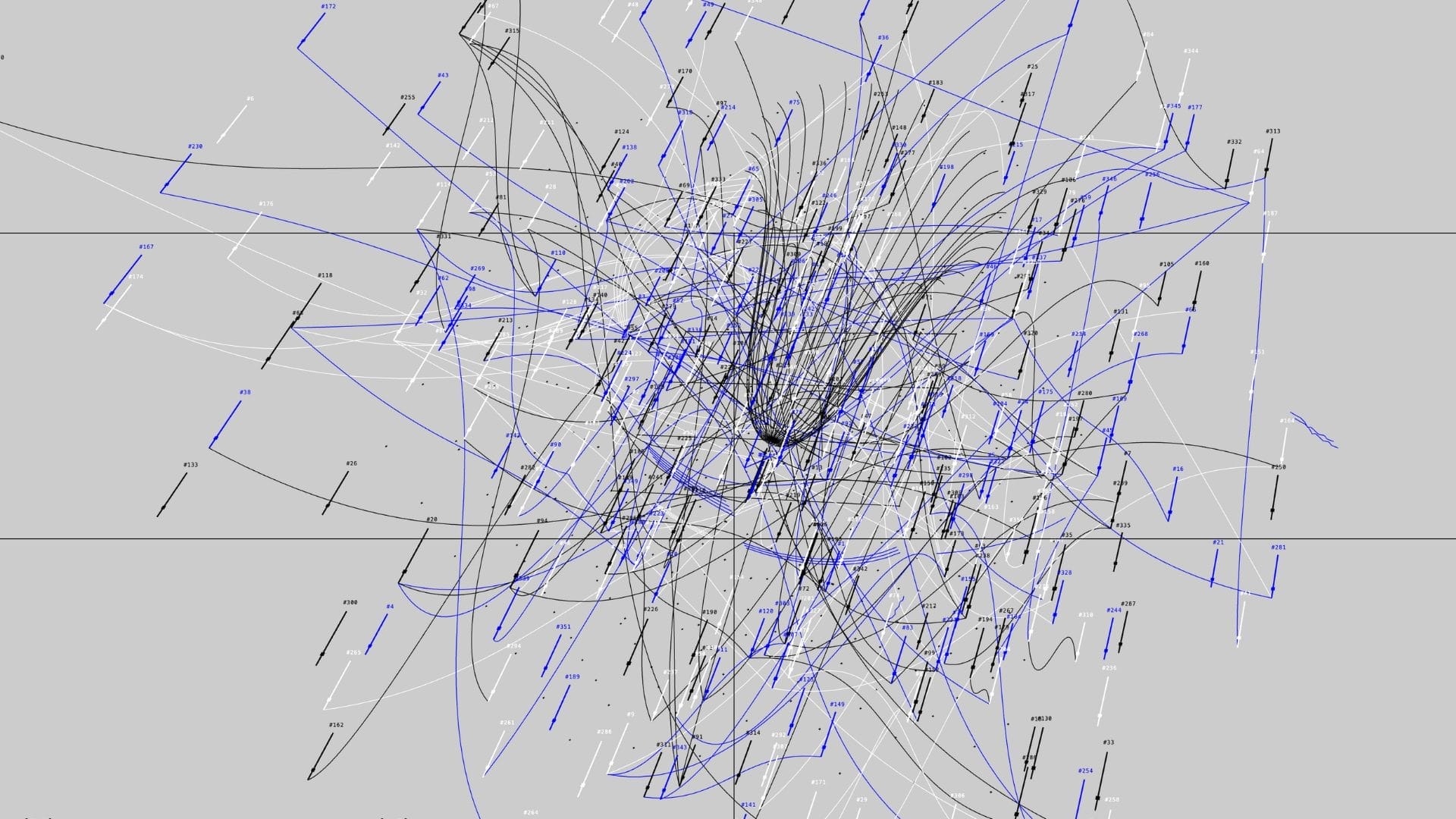
Downloaded, there is one original, verifiable and incorruptible.
In this context, space itself is redefined. Physical art lives within walls and rooms. Digital art lives within the token. The token is where the work takes shape, is seen, preserved, exchanged. It is not just proof, it is context, structure, memory. It is the architecture of the artwork.
Collecting digital art is not about storing files. It’s about witnessing and preserving an event: the verifiable birth of a work within a public, permanent system. A gesture that enters history, traceable and accessible.
This visibility changes the role of the collector. They are no longer just a viewer or custodian, but a participant. Minting is a performative act, it defines the work’s trajectory, temporality, and reception. In digital art, viewing and sharing can become part of the work itself.
Projects like Andreas Rau’s Symphony for n Metronomes: A Shared Time, A Distributed Gesture make this clear. A piece where rhythm becomes collective, metronomes pulse like networked nodes, and audience interaction shapes the composition. Time is distributed. The gesture is shared. Code becomes collaboration.
In this sense, digital collecting isn’t a digital version of the traditional market. It is a radical redefinition. A space where artist, artwork, and collector are intertwined.
Where presence and documentation converge. Where the memory of art is stored not in matter, but in the network.
At Fakewhale, we see this not as a technical upgrade, but as a cultural transformation. A new way to recognize, collect, and remember art in the language and time we inhabit.
Because every digital work deserves to leave a trace. And every collector now plays a part in writing that traces into the present.
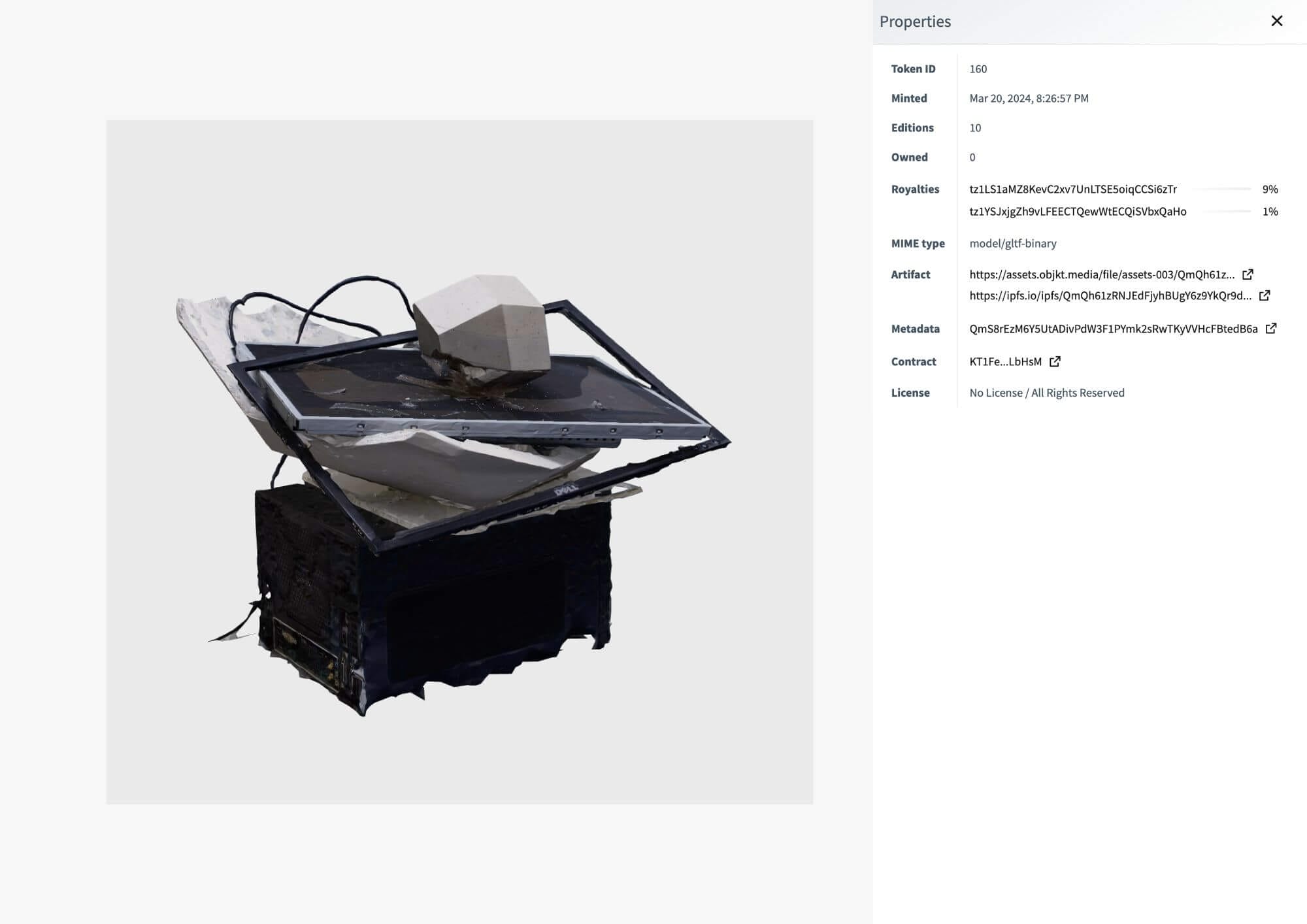
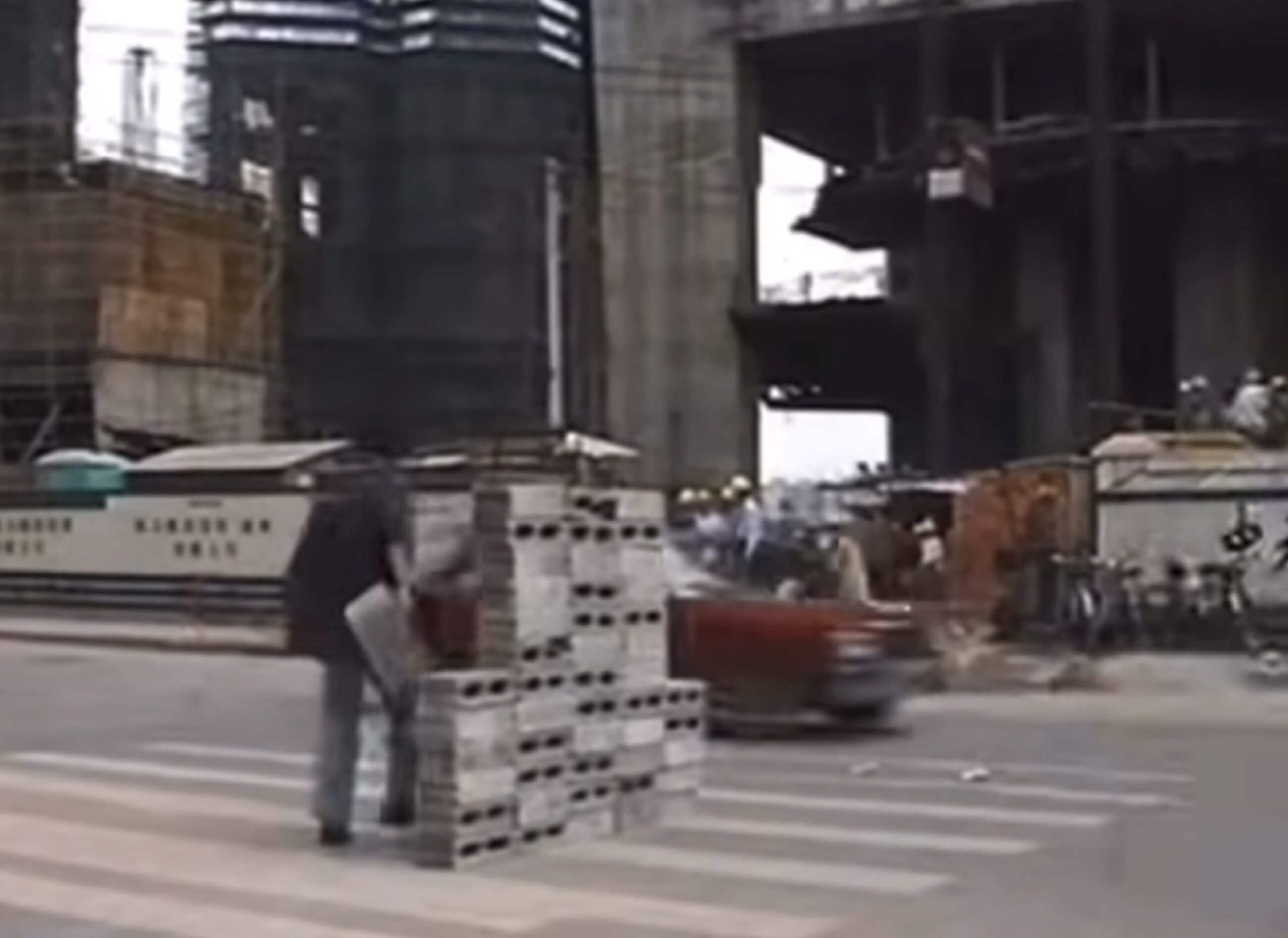
fakewhale
Founded in 2021, Fakewhale advocates the digital art market's evolution. Viewing NFT technology as a container for art, and leveraging the expansive scope of digital culture, Fakewhale strives to shape a new ecosystem in which art and technology become the starting point, rather than the final destination.
You may also like
Mark Webster: Evolving Aesthetics through Code
Born in Canada and raised in the UK, Mark Webster is a key figure within the visual and sonic arts r
Myungchan Kim, Dahoon Nam, Ahyeon Ryu, Min Shin, Hán Yohan, Tactics for an Era, at K&L Museum, Seoul
Myungchan Kim, Dahoon Nam, Ahyeon Ryu, Min Shin, Hán Yohan, Tactics for an Era, at K&L Museum,
Exploring Collective Identity: A Philosophical Journey with Meriem Bennani’s For My Best Family
“One of the central themes of For My Best Family is learning to be together, questioning where

